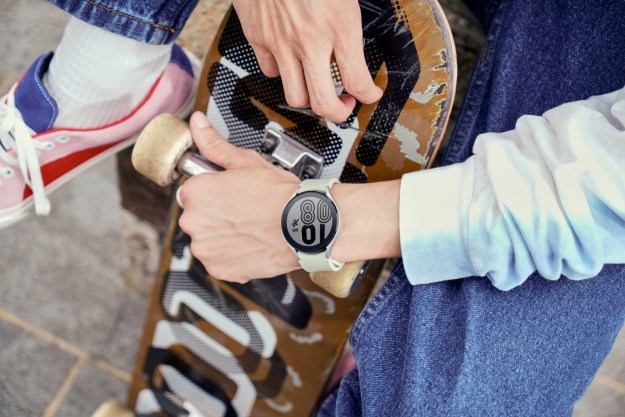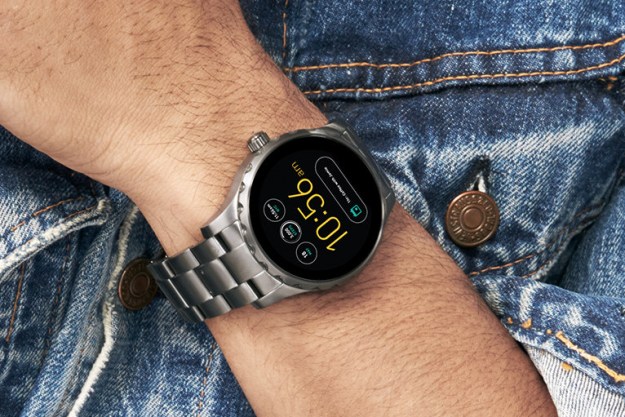The Cubi is the latest smartwatch looking for your support on Kickstarter, and it’s one designed for children. That’s right, it’s a spinoff niche version of an already niche device. It’s also not the first of its type we’ve seen, so how is it differentiating itself from the competition? The big feature here is that the Cubi has its own built-in SIM card, plus it has a fun and unusual way of communicating with other devices.
Although it has a SIM card inside, the Cubi isn’t an all-out phone. Rather than rely on pre-generated text messages, or using pre-programmed numbers, the Cubi sends short voice messages. These go to another Cubi or to a phone, then from either one back to the Cubi. It’s a fun way for kids to communicate, especially if they use the voice changer feature, plus it’s considerably easier for little ones to use than a regular phone. There’s a big, friendly button used to record and send the messages on the front, and that’s all.
There’s also an emergency button on the side which automatically sends a message with the Cubi’s location to a smartphone. Plus, the watch has a GPS chip inside, which thanks to the SIM card, should be highly accurate. BeLuvv, the company behind the Cubi, is aiming it at kids aged between three and ten-years old. It can be worn as a wristwatch, or as a keychain.
However, it’ll need something special to convince them to wear it, so the Cubi has been given the watch its own cute character. The screen shows the watch’s “face,” and kids can send the emotions it displays to parents in a message, to show how the day is going, or how they’re feeling at the time. Additionally, the Cubi has an NFC-powered, parentally-controlled social aspect, where contacts can be shared when two Cubi’s are bumped together.
If there is a downside to the Cubi, it’s the battery life. The SIM card, GPS, and the color touchscreen mean the battery is only expected to last for 24-hours in standby, or for five hours of continuous use. No, kids under ten aren’t likely to be out all night, but it does make the Cubi yet another device to charge up each day.
The Kickstarter campaign is now live, and the Cubi costs $100 if you’re quick, $125 if you’re not so quick, or $150 if you miss out on both those early bird offers. There are four colors to choose from — green, orange, pink, and blue — and if the $100,000 goal is met, the Cubi is scheduled to ship in August.
Editors' Recommendations
- Tech companies still don’t understand watch design
- Don’t speak: This wearable lets you give voice commands without saying a word




